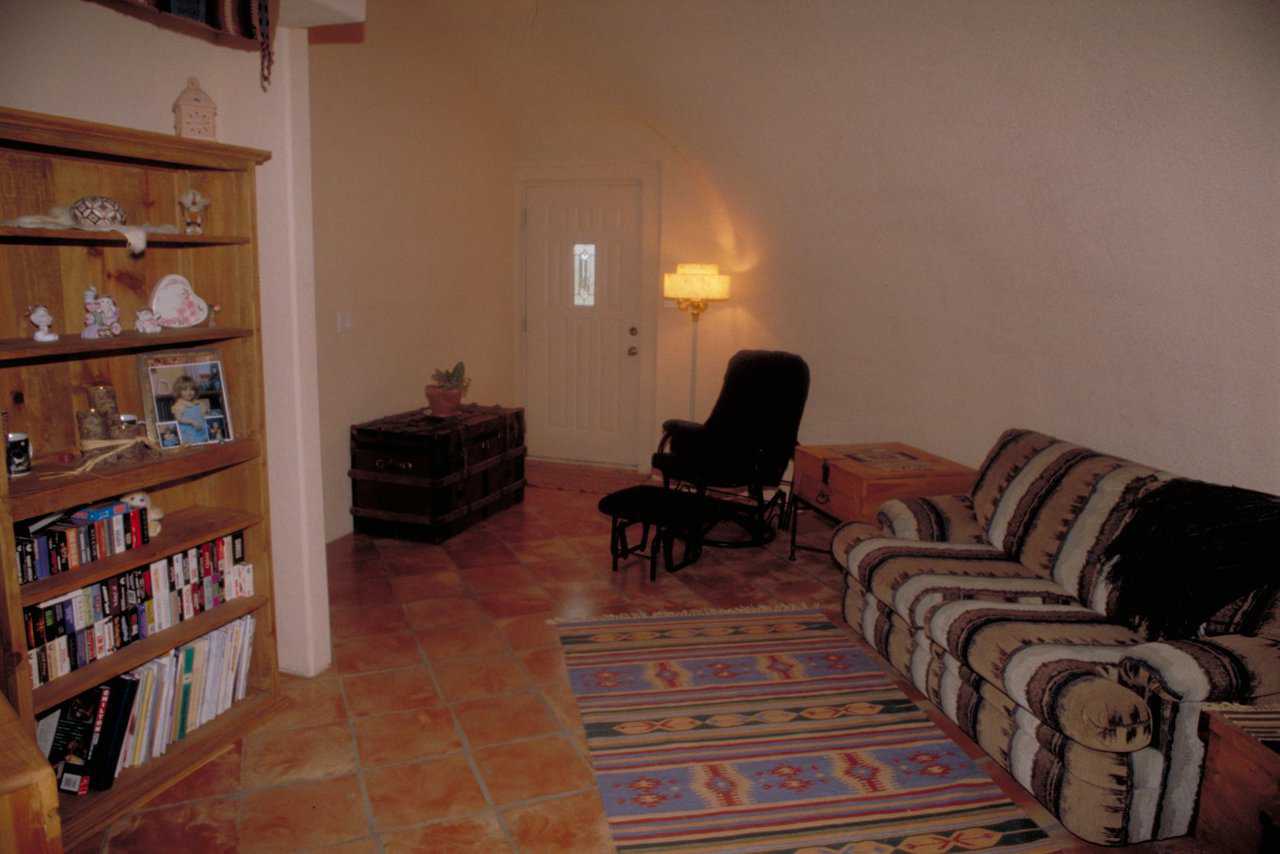A home energy rating system for the state of Colorado that is like a residential miles-per-gallon sticker for your home
Will your dream home be a star performer, an Energy Star performer, that is?
It’s not a question many folks ask as they plot and plan a home. Cheryl Roberts, proud and happy owner of a Monolithic Dome home in La Junta, Colorado, didn’t.
But then Cheryl learned that her qualification for a low-interest mortgage through CHAFA, the Colorado Housing and Finance Authority, depended on her Monolithic Dome’s E-Star rating. CHAFA sent Cheryl to ERHC or Energy Rated Homes of Colorado to get one.
How E-Star works
Megan Edmunds, Manager of ERHC, described this agency as the home energy-rating system for Colorado that provides E-Star ratings for both new and existing homes. Simply put, an energy rating is a score a house can earn by having its energy consumption evaluated. Scores range from zero to one hundred points and determine how many E-Stars a structure merits.
For example, a low score of zero to twenty-nine points indicates a high energy consumption for a structure of that size and probably means the house is poorly insulated; it gets only one E-Star. The reverse is true for a home with a score of eighty-six to a hundred that earns the maximum of five stars.
So, according to ERHC, their rating system can be thought of as a residential miles-per-gallon sticker. Moreover, if a house rates poorly, its owners probably can improve its rating by following the property-specific prescriptions for energy improvement, included in the E-Star package.
A nationwide network
Colorado is not the only state with an E-Star program. Edmunds said that ERHC was organized in 1995, following passage of the Energy Policy Act of 1992, and is a member of Energy Rated Homes of America (ERHA), a nationwide network of real estate agents, lenders, builders, appraisers and consultants. Besides Colorado, ERHA has member programs in Alaska, Arkansas, Florida, Illinois, Iowa, Louisiana, Michigan, Mississippi, Missouri, Nevada, Oregon, Utah, Vermont and Wisconsin.
Even if a state does not have a program affiliated with ERHA, it probably still has an E-Star program since many major lenders now require or strongly suggest getting the rating. Those lenders include Fannie Mae, Freddie Mac, FHA, VA, Chase Manhattan Mortgage, Countrywide Home Loans, GMAC Mortgage and others.
Edmunds said that the reason for the rating requirement is both simple and practical; she agreed with ERHA’s explanation: “Energy efficiency is a critical issue for affordable housing. The cost of heating and cooling a home is the highest cost of owning a home outside of the mortgage loan. It is now possible to reduce a home’s energy use by a third using cost effective and readily available technologies and building practices.”
ERHA also pointed out that an energy-efficient home can qualify for an energy mortgage and get credit for its energy efficiency in the home loan. “For example,” ERHA stated, “it could mean allowing the borrower a greater debt-to-income ratio and give the home buyer the ability to buy a higher quality home because of the lower monthly costs of heating and cooling the home.”
Getting an E-Star rating
To get E-Star rating, a house must be evaluated by a certified professional energy-rater. Most of these raters begin their analysis by gathering information from a home’s builder and owner about the structure’s heating and cooling system, insulation, windows and doors, hot water system and appliances. They then physically examine a house and test for airflow.
Their goal is to determine how much warm air escapes and cold air penetrates the house during the winter, and what coolness escapes and heat penetrates during the summer. All this data usually is then fed into a software program such as the one developed by Regional Economic Research and used by Energy Rated Homes of Colorado.
Cheryl’s Monolithic Dome gets evaluated
Cheryl said, “When CHAFA told me I needed an E-Star rating, I wasn’t the least bit worried because I knew about the Monolithic Dome’s insulation and low-energy use.” She and Dan Wagner, who helped with the construction of Cheryl’s two-bedroom, thirty-two-foot diameter dome, expected a high rating.
So, when the evaluator rated the dome at eighty, they were both shocked and disappointed, despite the evaluator’s insistence that an E-Star rating of eighty was very good, merited four E-Stars and qualified for CHAFA financing.
Dan said, “I knew the Monolithic Dome had to score higher than that. Something was wrong.”
That something, Cheryl and Dan determined by checking with Megan Edmunds at ERHC, was the software program used to analyze the data. Edmunds said, “Our program was designed to evaluate conventional houses, structures with corners , not spheres. It wasn’t prepared for information about a home that had no roof, and in which the square footage of floor and ceiling did not match.”
Once some necessary data-analyzing adjustments were made, the evaluator returned to reevaluate Cheryl’s Monolithic Dome.
Result: FIVE stars!
In a letter to MDI, Edmunds wrote, “I just wanted to follow up with you regarding Cheryl Robert’s home. The first time the home was rated, the rater had some technical difficulties getting the round home to fit in a square box. I believe Cheryl also said that the windows weren’t finished being installed as well, both of which contributed to a low score the first time around. We resolved those difficulties, re-rated the home recently when it was completely finished, and the home did pass with flying colors. Lenders require a minimum score of 80 points; your home scored 87, which makes you eligible not only to be on our list, but also on the EPA’s Energy Star Homes Builder List (their minimum score is 86).”
Since a high E-Star rating has definite advantages in getting financing, and in buying or selling a home, reaching those E-Stars may indeed be profitable. But if it’s a Monolithic Dome you plan on having rated, remember Cheryl Robert’s experience: programs designed to evaluate something square cannot fairly judge something round.
Note: This article was originally published in the Fall 2000 issue of Roundup: Journal of the Monolithic Dome Institute.
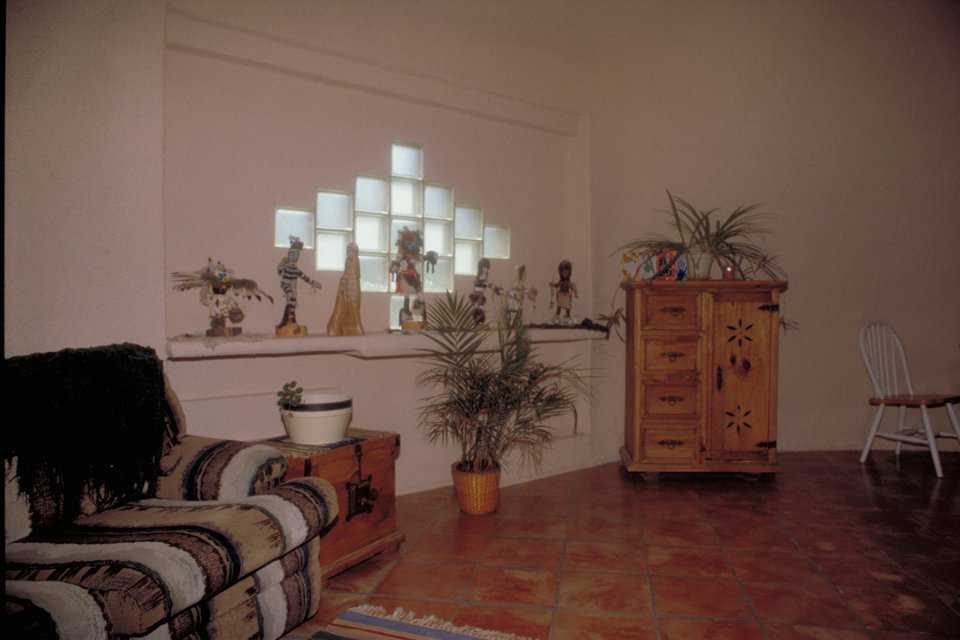
A low-interest mortgage — The five E-Star rating made this dome-home eligible for a low-interest mortgage. (James Amos)
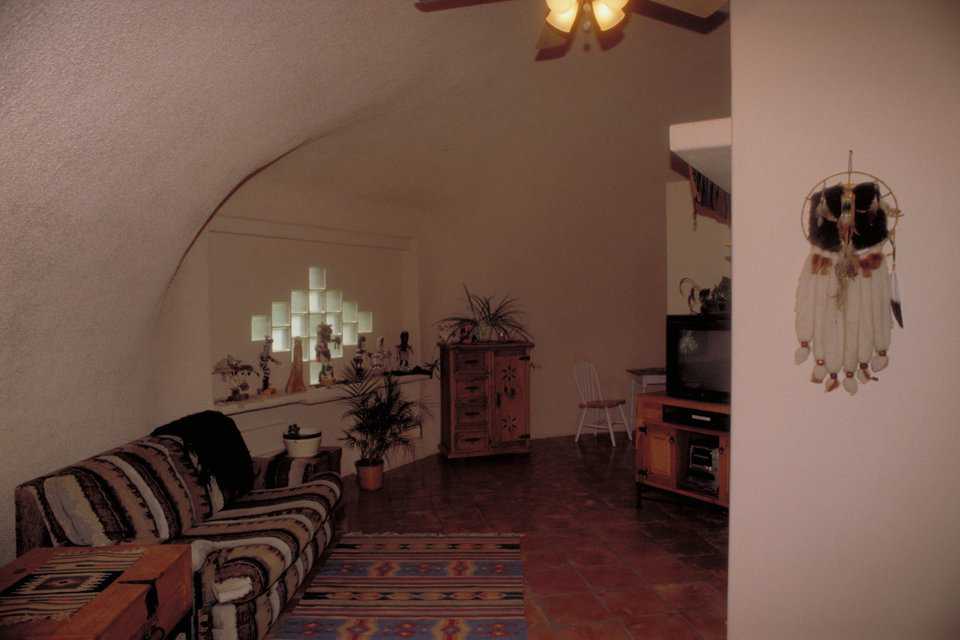
Comfort and security — Roberts said that she wanted, planned for and got both comfort and security. (James Amos)
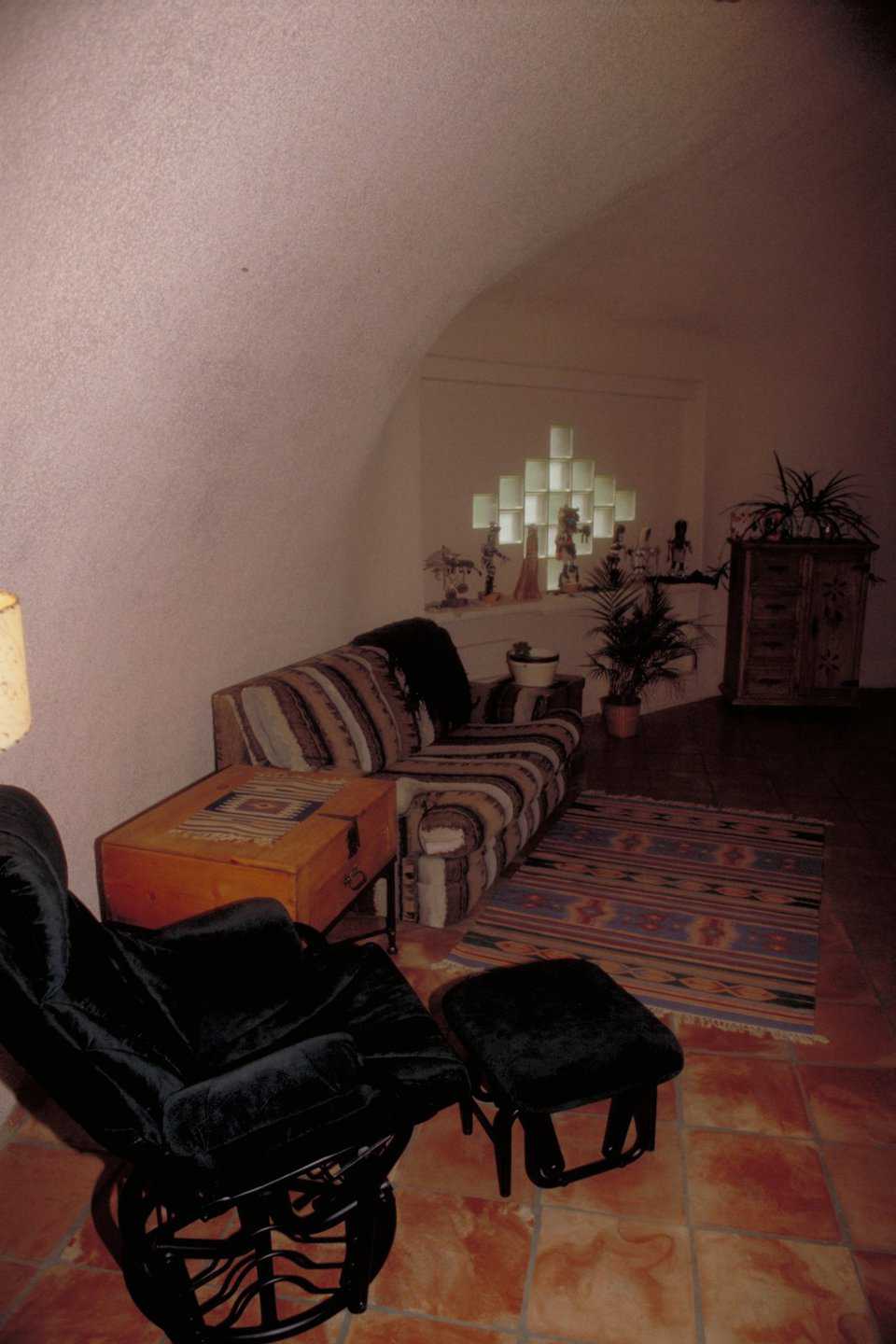
Small and cozy — Softly upholstered furniture and throw rugs add to the home’s feeling of warmth. (James Amos)
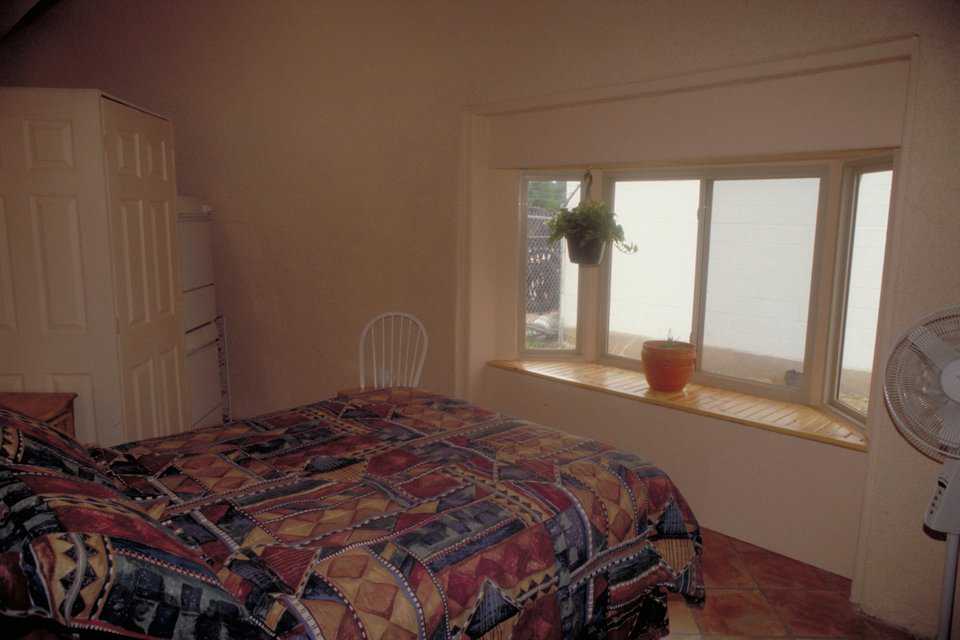
In-floor, radiant heat — During cold Colorado winters, it generates warmth throughout the entire dome. The bedroom’s large bay window offers a delightful view of the outdoors. A space-efficient laundry facility, with a supply cabinet, is tucked into the bedroom’s corner. (James Amos)
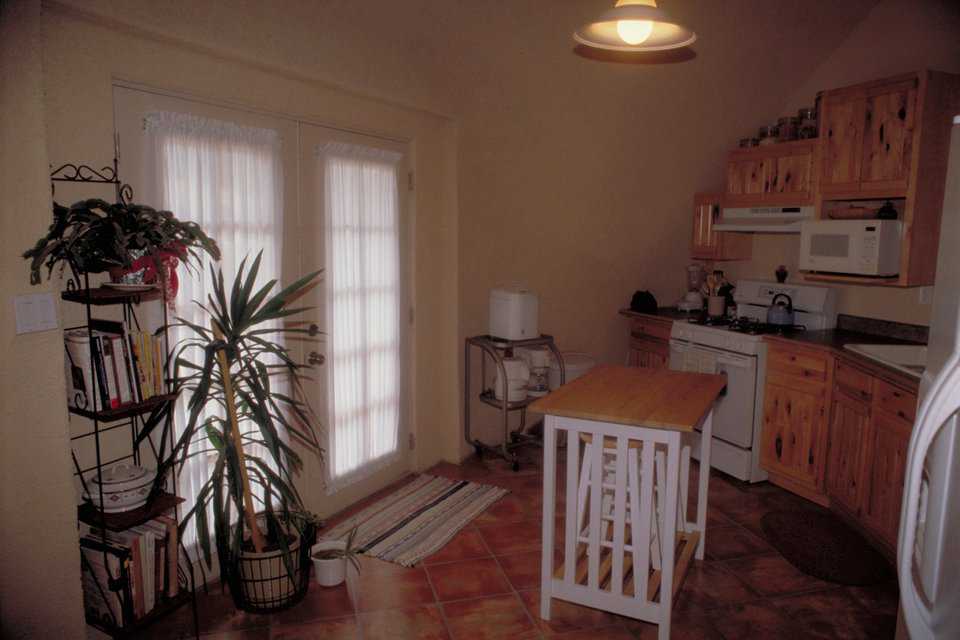
Efficient kitchen — It includes ample cabinets and a center island with added counter space. (James Amos)
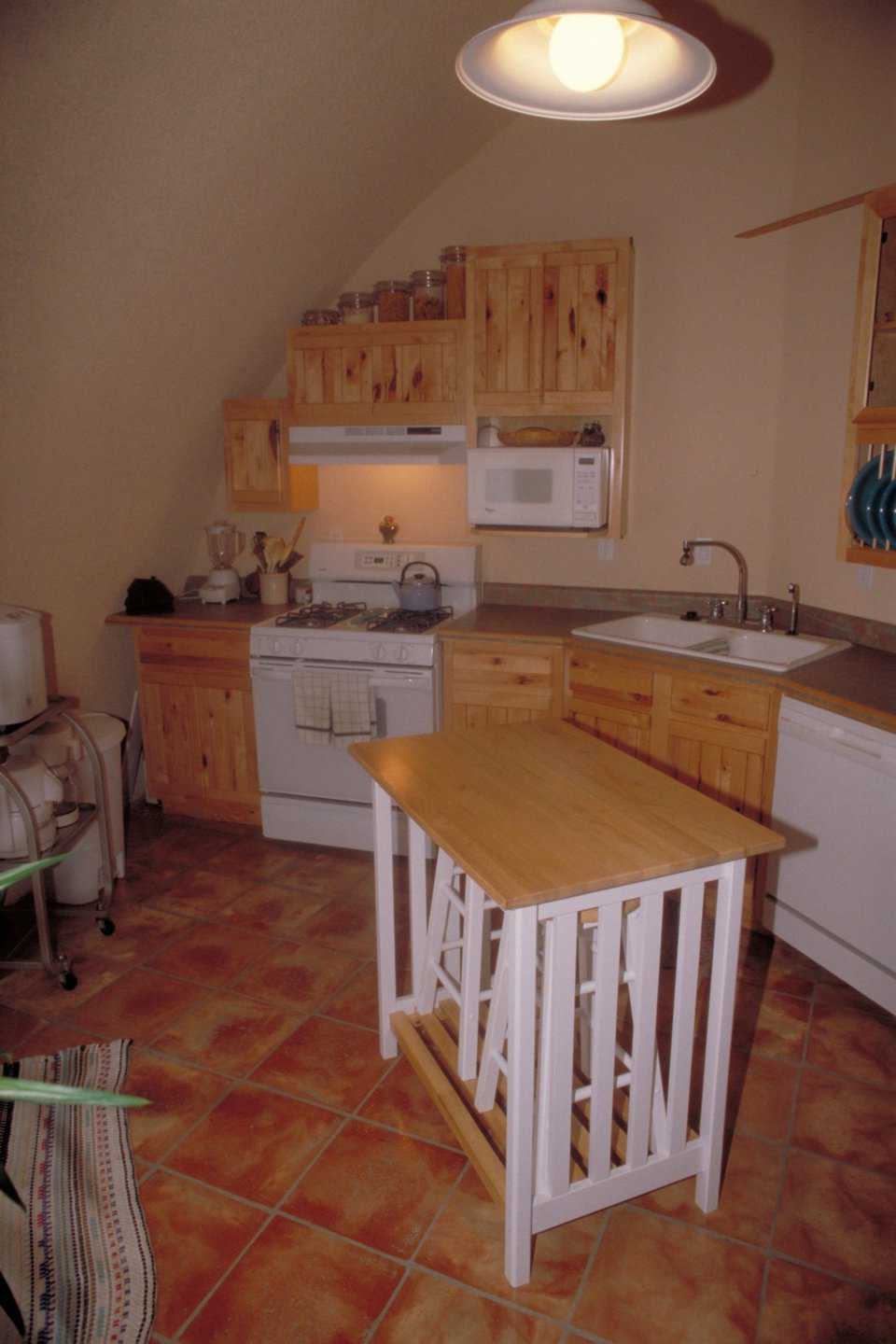
Stamped concrete floor — It was a do-it-yourself project for Cheryl and Dan. (James Amos)
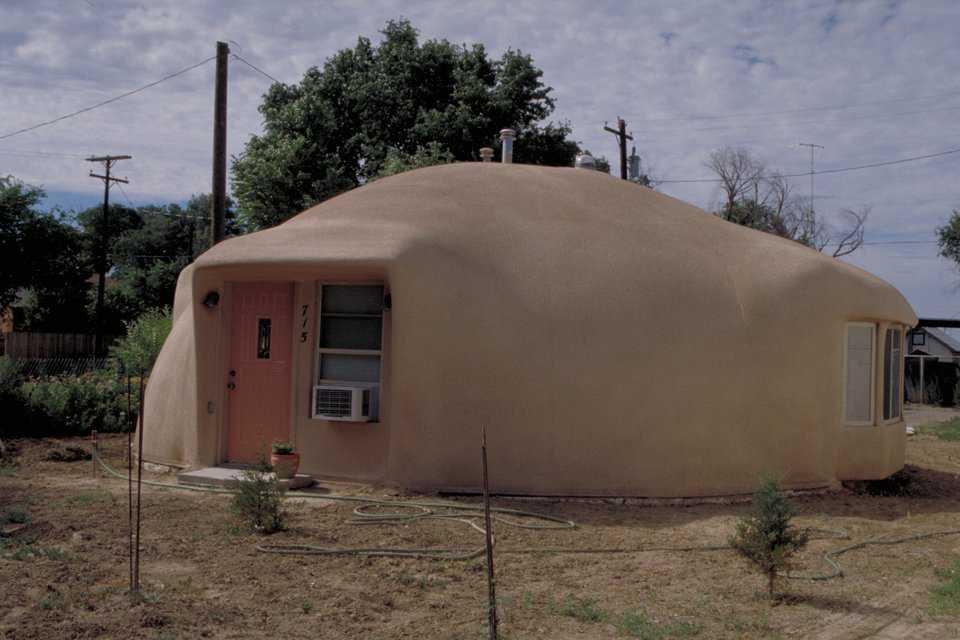
Just big enough — This Monolithic Dome with a 32-foot diameter comfortably accommodates one or two adults. (James Amos)
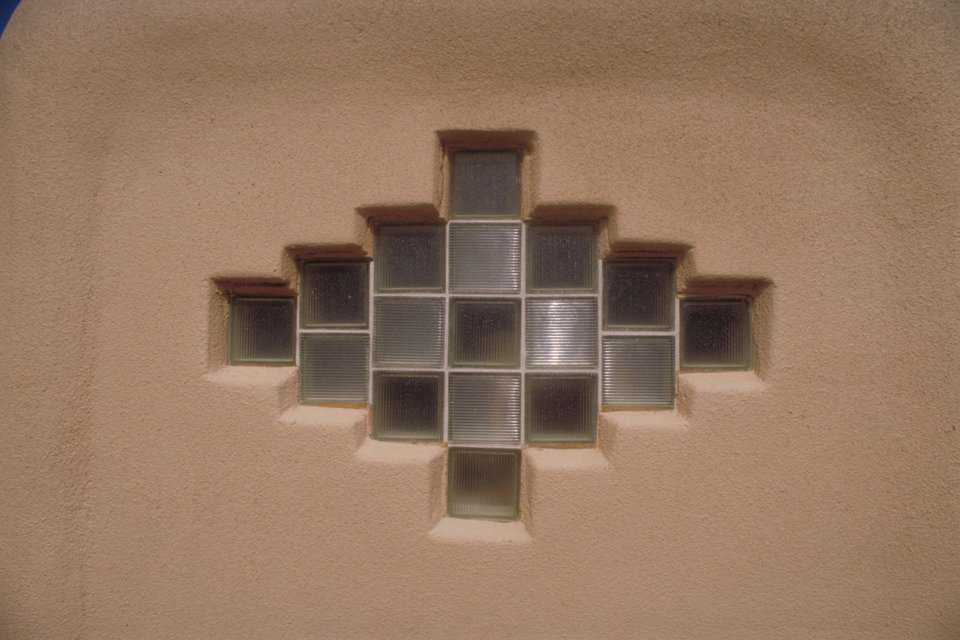
Let there be light — A glass brick window in a southwestern design lets sunlight illuminate the central living area. (James Amos)
